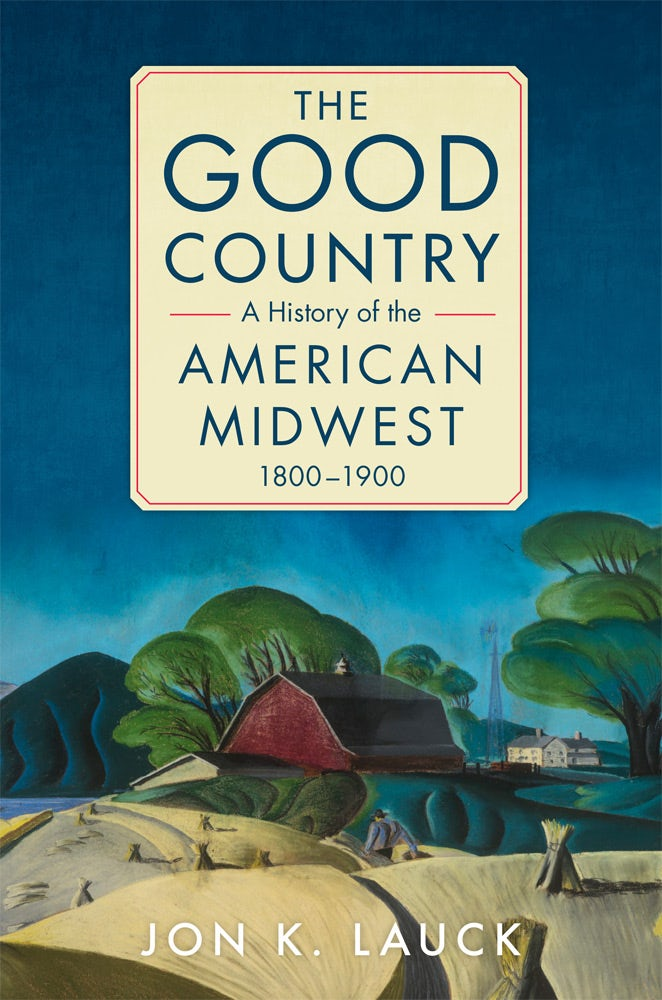Now Lauck has given us the fullest articulation yet of his vision of the Midwest. His new one-volume history, The Good Country: A History of the American Midwest 1800-1900, presents the nineteenth-century Midwest as “the most advanced democratic society that the world had seen to date.” He argues for the recovery of this history, a story of “democratic vigor, cultural strength, racial and gender progress, and civic energy,” which should be remembered not only for the sake of accuracy but also for “our own wellbeing.”
In some ways, the case Lauck puts forward is persuasive. He cites a record of progressive legislation that at least puts the early Midwest ahead of the rest of the United States and Europe. Ohio, the first Midwestern state, banned slavery and debtor’s prisons in its 1802 constitution. Indiana banned slavery in 1816, Iowa in 1846. (Six years later, Iowa became the third state in the union to allow interracial marriage.) Illinois partially banned it in 1818 but allowed both indentured servitude and—up through 1825—the use of slaves in the state salt springs. My own state, Michigan, banned slavery in its 1837 constitution; our current constitution, ratified in 1963, allows it as a form of punishment. Progress is a vulnerable thing.
Ohio also set a healthy pattern with regard to voting. In 1803, Ohioans universalized white male suffrage, and failed to extend the franchise to Black men by only one vote. In the South or the Northeast, at that time, a would-be voter still generally needed to hold property, or to qualify for what we’d now call a high tax bracket, while other comparable countries—Lauck mentions England, Russia, Brazil, and France—were, respectively, a Tory oligarchy with an extremely restricted suffrage, an autocracy, a colony, and a mess.
But voting, instructive as it is, also exemplifies how hard such comparisons are to make, how much we are fighting—as historians, as citizens—over the meaning of the very terms we seek to compare for. Some readers will already be asking, for example, why Lauck does not compare Midwestern democracy to Native American practices, given that these polities were just down the road apiece. But Lauck is talking specifically about voting, and the Iroquois League, for example, neither voted nor was voted upon. When a chief died, a group of women decided on his replacement; this replacement would then gather to discuss any given issue with the other members of the League until a consensus was reached. One can see at a glance that this process was not “democratic” in Lauck’s sense, and that, at the same time, it more fully enfranchised women than did universal white-male suffrage. Ranking varying degrees of democratic-ness is indeed a complex exercise.
